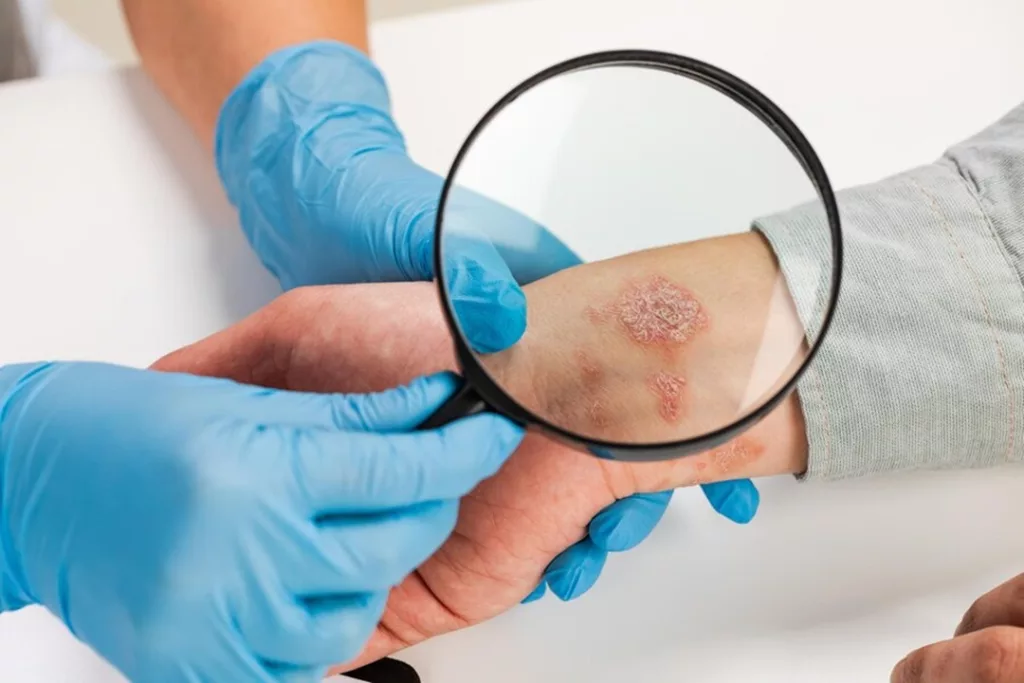Contact Dermatitis is a prevalent, yet often misunderstood condition. As one of the leading dermatological issues encountered by podiatrists and foot and ankle surgeons, a deeper understanding of Contact Dermatitis is necessary. In this article, we delve into the reality of this condition, discussing its causes, symptoms, and effective treatments. We also anticipate some of the questions you might frequently ask about Contact Dermatitis and offer lucid explanations.
What is Contact Dermatitis?
Contact Dermatitis of the foot is an inflammatory skin disorder triggered by exposure to irritants, including materials or chemicals used in shoe manufacturing, poison ivy, or harsh chemicals. When the foot’s skin makes contact with these substances, the body’s immune system responds, initiating an allergic reaction.
Symptoms of Contact Dermatitis
The onset of Contact Dermatitis symptoms generally occurs within 24 hours of exposure to the allergen or irritant. These include:
- Refreshing redness in the inflamed regions
- Itchiness varies from mild to severe, which could worsen at night
- Small blisters that often ooze fluid and form crusts if scratched
- Swelling, tenderness, or burning
Though these symptoms are uncomfortable, they should by no means be ignored. An evaluation by a professional foot and ankle surgeon can offer proper diagnosis and treatment.
The Life Cycle of Contact Dermatitis
Understanding the first stage of Dermatitis can form a cornerstone for effective management and treatment of the condition. After exposure to an irritant or allergen, you may notice an initial redness or rash development on your skin. This appears to be the first stage of Dermatitis.
While the time it can take for Dermatitis to clear can vary significantly based on the severity of the reaction and the individual’s body response, treatments are often effective in managing symptoms and speeding the recovery process.
Treating Contact Dermatitis
Upon the question, “What clears up Contact Dermatitis?” The first line of defense in managing Dermatitis is to identify and avoid contact with the irritating substance. While this is always recommended, additional treatments are often necessary, particularly in severe conditions.
Topical creams or ointments, including corticosteroids, can help relieve the itching and inflammation that Dermatitis symptoms may cause. Oral antihistamines may also come in handy in alleviating significant itching.
In severe or persistent cases, more potent treatments like systemic corticosteroids might be necessary. However, this would typically be considered under the guidance of a foot and ankle surgeon.
It’s important to note that while these treatments can be effective, they are not a one-size-fits-all solution. Always consult a healthcare professional for personalized advice and treatment.
Concluding Thoughts
While Contact Dermatitis can be a nuisance and even disruptive to your everyday activities, it’s essential to remember that effective treatments are available. By taking the necessary precautions and seeking professional advice, individuals with this disease can expect a full and rapid recovery.
This comprehensive guide to provides the information you need to understand this condition, manage its symptoms, and take steps toward total recovery. Stay aware, make informed decisions, and take control of your foot health.





